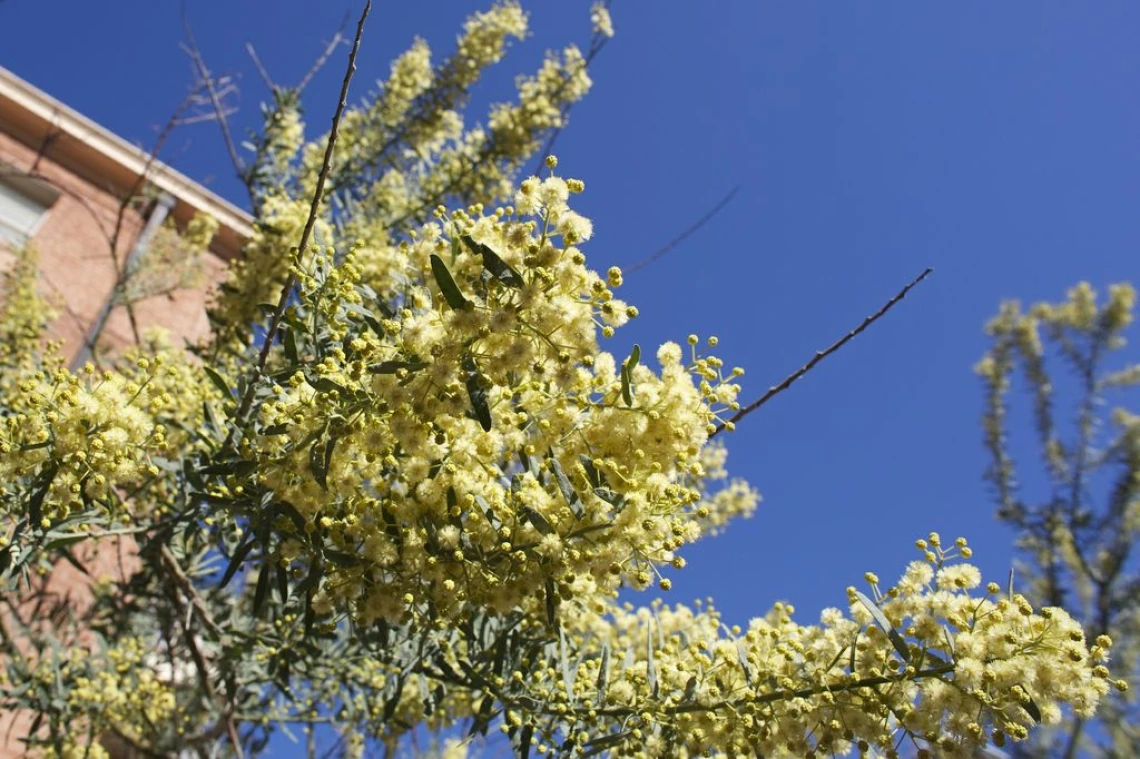
ABOUT TREE-MAIL
The University of Arizona Campus Arboretum is committed to generating and communicating knowledge that will promote improved landscape practices and enhance human connection and appreciation for trees. To this end, we publish an electronic newsletter to share current happenings, upcoming events, helpful tips for tree selection and care as botanically inspired poetry, literary quotes and art to ignite your passion for trees. Please browse the archives to see what we've been up to. We hope you'll feel informed and inspired as a result.
If so, consider subscribing to TREE-Mail, our electronic e-newsletter.
To subscribe to the newsletter,
CLICK HERE
VIEW THE ARCHIVE OF NEWSLETTERS BY YEAR OF PUBLICATION
Read past editions of Tree-Mail, our electronic newsletter where you'll learn about interesting people, cool projects, and the best tree species and tree care practices.
Jan-1. (Resilience Garden)
Feb-1 (YouTube: Edible Landscapes - Pomegranate )
Feb-2 (Introducing the Matthew B. Johnson Florilegium )
Mar-1 (New YouTube: Spanish Moss )
Apr-1 (New YouTube: Edible Landscape - Olive)
Apr-2 (Fragrance Garden)
May-1 (New YouTube: Edible Landscape - Prickly Pear)
May-2 (Penny the Poplar, A Travelling Tree )
Jun-1 (Tucson Botanical Garden Exhibits the Florilegium )
Jun-2 (See the Tree: Acacia pruinocarpa )
Jul-1 (Award Winning Trees on the UA Campus)
Jul-2 (See the Tree: Abizzia lebbeck )
Aug-1 ( )
Aug-2 ( )
Sept-1 ( )
Sept-2 ( )
Oct-1 ( )
Oct-2 ( )
Nov-1 ( )
Dec-1 ( )
Jan. (Sonoran Native Plants)
Feb. (The UA Library Special Collections Exhibits the Florilegium)
Mar. (Flower Power and Arboretum Tours)
Apr. (Trees as Green Infrastructure -Calculating the Value of Trees)
Jun. (Remembering Keith Taylor Jr.)
Sept. (New Guided Tour Registration System)
Oct. (Meet the Educational Media Team)
Nov. (You Tube Channel Launch)
Dec-1 (You Tube: Edible Landscapes - Saguaro)
Dec-2 (President's Pond Improvements)
Jan. (The Value of Scientific Illustrations)
Mar. (misdirection)
Apr. (The Return of Docent Guided Tours)
June (TCSS News on the Florilegium)
Sept. (The Laboratory of Tree Ring Research Exhibits the Florilegium)
Oct. (The Arboretum Celebrates 20 years!)
Nov. (Botanical Oddities in the Collection)
Dec. (Edible Landscapes Tour)
Spring 2012
Spring 2011
Fall 2010

